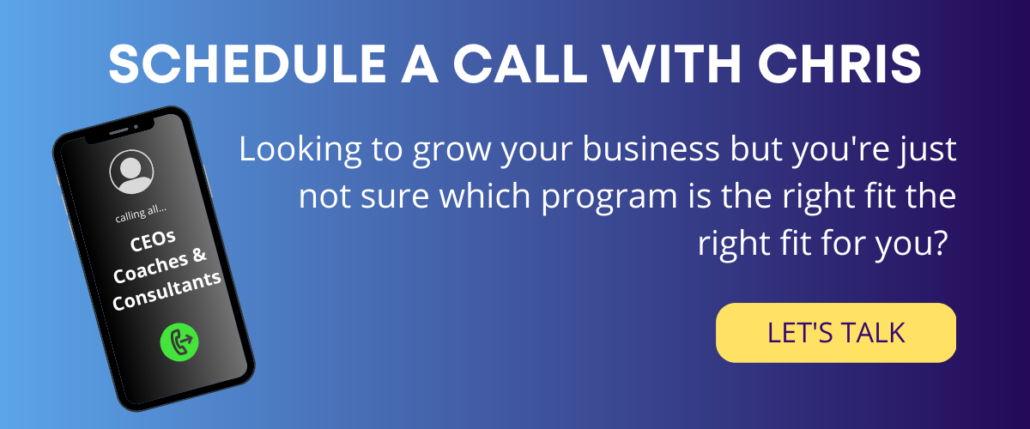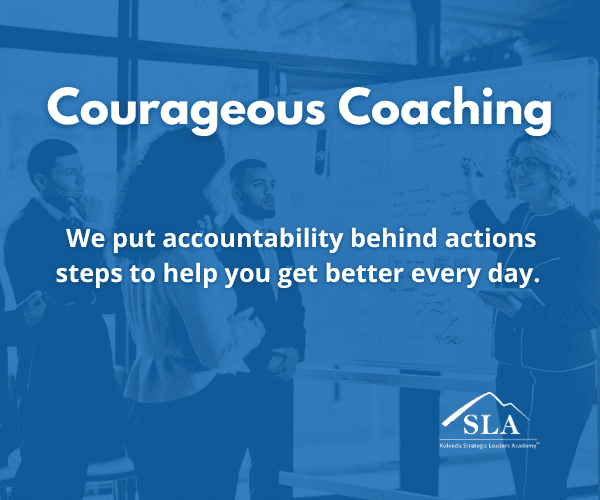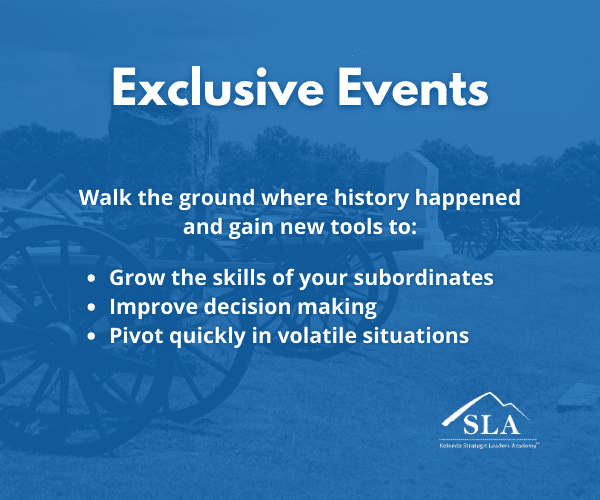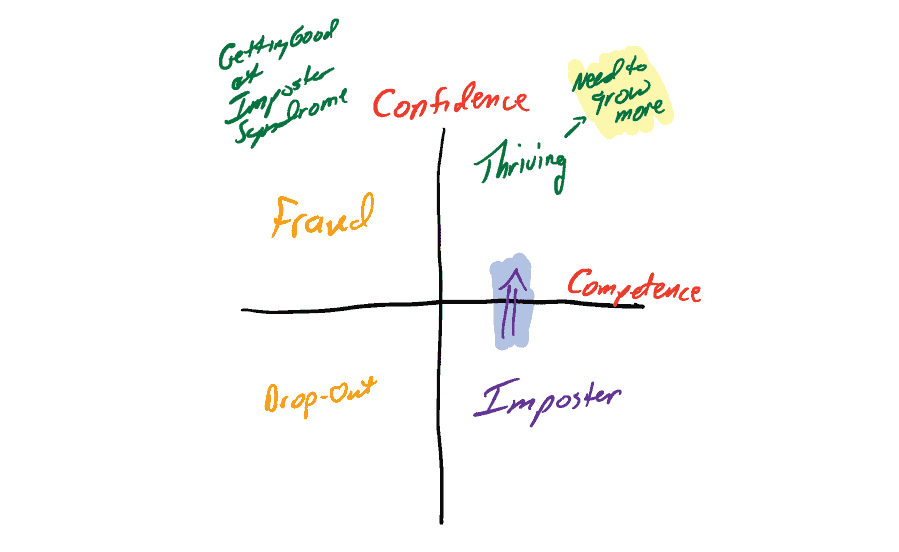The Hidden Accountability Tools Leaders Overlook
Stop Giving Up Your Best Accountability Tools.
“You shouldn’t reward people for simply doing their jobs,” the Deputy Chief said, “It’s like participation trophies – everyone gets one, so they’re meaningless.”
The Deputy is correct, but not for the reasons he assumes.
Leaders tend to think of reward and punishment as their primary accountability tools. You reward people for extraordinary performance with bonuses, promotions, and other awards and punish or penalize them for gross standards violations.
This approach addresses only the extremes because the tools are finite and must be used sparingly.
Thus, you leave the critical middle ground—between substandard and subpar—unaddressed, where accountability makes the biggest difference.
Accountability means to be answerable to and for. You are answerable to your bosses, employees, peers, and partners. You are answerable for meeting standards. If used correctly, it’s your primary tool for improving future performance.
Between reward and punishment are two powerful tools in infinite supply: appreciation and correction. You use them to recognize to-standard and address sub-par.
People want to be seen and heard. When you recognize good performance with your appreciation, you encourage that person and everyone around them to repeat the behavior.
When you adjust sub-par behavior by focusing on how to do it better next time, you nip problems in the bud before they become bad habits that require penalties or punishment.
Use this approach:
- Appreciation.
- Recognize the behavior: I saw you doing this; I noticed you doing that, etc.
- Note the impact: Doing this has had these positive results/benefits/outcomes.
- Express your appreciation for their contribution.
- Correction.
- Recognize the behavior: I saw you doing this; I noticed you doing that, etc.
- Note the impact: Doing this has had these consequences.
- Discuss how to do it better next time.
Your generous application of these tools will raise your company’s overall performance and attract and retain the right people who buy into your standards.
P.S. This tool is one of the many you will have in your arsenal when you take my trademarked programs: Becoming a WHY Leader®: Six Habits that Inspire People to Contribute their Best and Building an Inspiring Culture®.
You get the biggest payoff when you use the programs with your direct reports so you are on the same page, can communicate better, and have a standard array of tools to address opportunities and challenges.
Your leader development program must prepare leaders for tomorrow’s challenges, not just today’s. Schedule a call to discuss positioning your subordinate leaders for success.




















